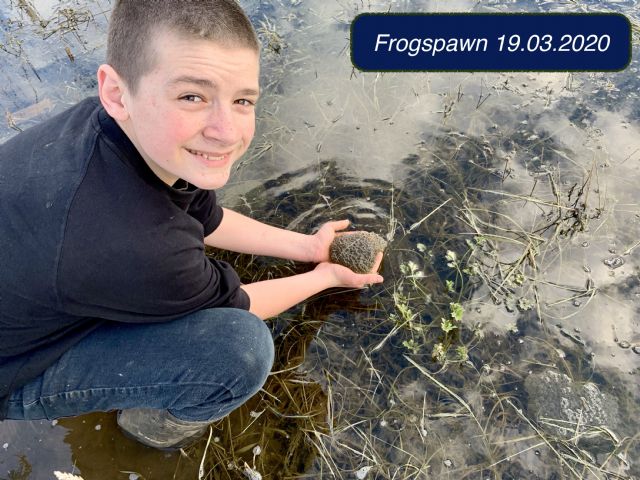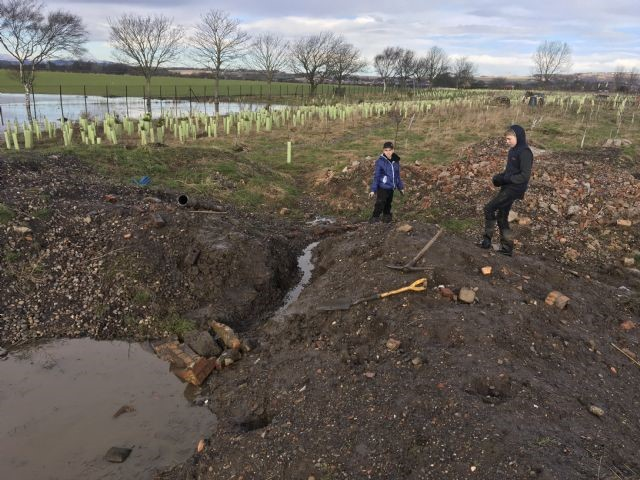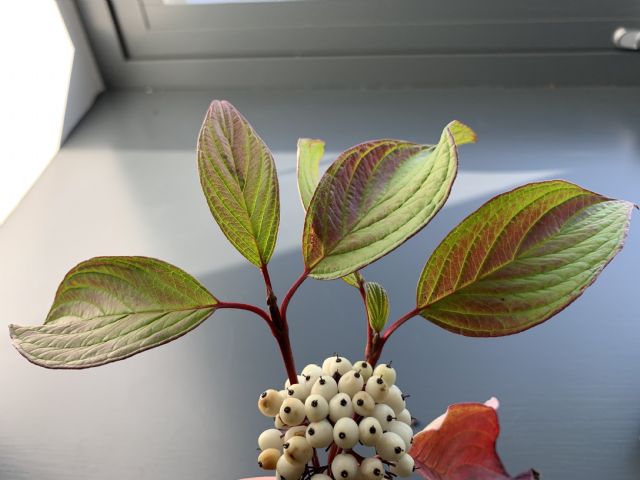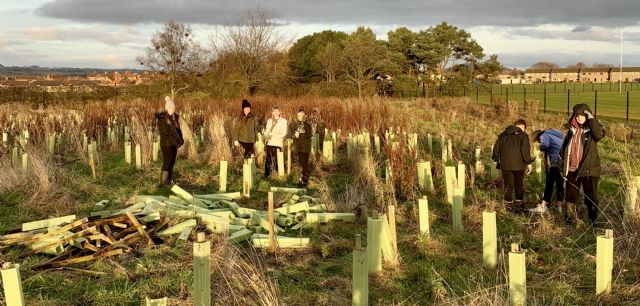What are we doing at Bat's Wood?
Bat's Wood values both the instrumentalist and the intrinsic worth of outdoor learning. By instrumentalist, I mean adding to the specific learning outcomes found in different subjects around the curriculum and making links to skills acquisition.
By intrinsic, I mean the more speculative and holistic side of the school experience, in other words: finding oneself. Finding yourself watching a real bee pollenate a real apple blossom and actually enjoying the peace and magic of the outside world. For many pupils in our school system are suffering from what Louv (2008) describes as 'nature deficit disorder' in childhood. This is NOT a medical condition like ADD or ADHD; it is a state of childhood where experience of the natural world is missing, perhaps for the first time in human history. Nobody knows what it means to grow up without any experience of the natural world but some who have looked at these types of childhood are increasingly concerned that, well, basically, they are missing something. Something as important as numeracy and literacy and music and art; something more important than the totality of the indoor classroom experience. The writing on this topic that would back up this wild claim, I won't attempt to summarize here.
When it comes the the soundbite culture of the internet and, dare I say it, the soundbite culture of secondary schools, the instrumentalist (and the teacher) finds it easier to write little posts about the experiences and outcomes they are attempting to deliver. These are short, definite activities and ideas that are easy to speak about and to evidence. They are the low hanging fruit of outdoor learning.

Draining the swamp - or not, as it turned out.Every year the winter flooding seems to get worse in Bat's Wood and it is killing a few of the larger trees. We want to save these older members of our community but then we had to think about some of the youngest!
We spent ages making this drain to move water away from the huge pond because we were worried about the trees. We dug through the side of a bank and installed a 2metre pipe. It flows nicely and not too fast, we want to have slow easy drainage so that the water moves eventually and doesn't go stagnant. But then we found a complication, pupils were exploring the flooded area in their wellies and they found lots of frog spawn - maybe draining the swamp wasn't such a great plan after all. Now we've made a dam and we hope it holds long enough for the tadpoles to hatch and become frogs! |

|

The Dogwood ExperimentWe took some hardwood cuttings of the school's dogwood bushes and attempted to propagate them. This was done in Nov and January to see which was the better month.INSTRUCTIONS |

Tree mortality rate calculation.We mark out an area with string, count the trees and then count the dead trees. Then we calculate the percentage.We found some areas with 50% tree death 2 years after planting and, shockingly, 82% in others. Various theories were discussed and the protectors were reused when replacement trees were brought in. |

